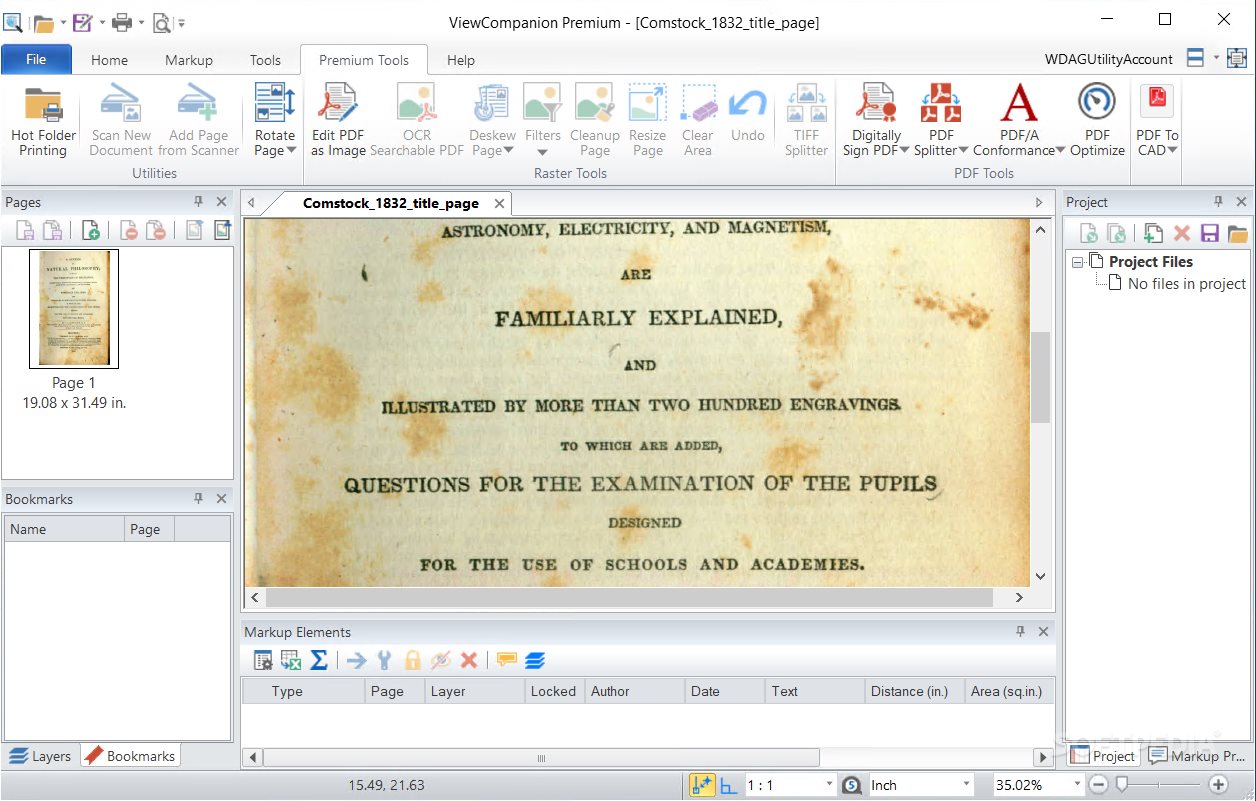
After nearly four months since the start of the coronavirus restrictions in China, global air quality statistics, measured by nitrogen dioxide (NO2) and carbon monoxide (CO), always show values below the levels. of 2019, but it looks like they're starting to reintegrate in some areas, Alberto Troccolisaid the director general of the World Energy and Meteorology Council (WEMC) at the School of Environmental Studies at the University of East Anglia in Norwich, UK, referring to latest data released May 11.
He noted that, according to data from the Copernicus Atmospheric Monitoring Service (CAMS), this dramatic and unprecedented situation involving the coronavirus pandemic "has had a beneficial effect on the air quality around us and in world". After the start of 2020 with NO2 and CO values near or above 2019 levels, the concentration of these two gases throughout the air column remained below 2019 levels. "With data available for throughout the month of April, the monthly averages, which provide a more stable statistic than the weekly averages, for the first four months of the year show a gradual decline, "said Troccoli of Brisbane, Australia.
According to WEMC, globally, NO2 was 10% below 2019 levels in April; The decrease in CO is less pronounced and of the order of 5%. Larger reductions can be seen in Europe and North America (around 15%), while in most countries in Asia and the Middle East, they were just below zero for NO2; In the case of CO Asia, it actually increased slightly from 2019. In addition to April averages, the first eighteen weeks of the year show that the global media for NO2 and CO are now starting to reach values closer to 2019 levels, driven by Asia and the Middle East for NO2 and North America and Asia for CO.
Troccoli explained that the main source of NO2 from human activities is the combustion of fossil fuels, coal, gas and petroleum, especially the fuel used in automobiles. It is also produced from the manufacture of nitric acid, the welding and use of explosives, the refining of gasoline and metals, commercial manufacturing and the food manufacturing. Inhaling NO2 increases the risk of respiratory infection and can lead to deterioration of lung function. CO is also a product of the combustion of fuels such as natural gas, coal or wood. Vehicle exhaust contributes most of the carbon monoxide entering our atmosphere, he said, adding that CO has been linked to lung disease.
Commenting on the data, the Secretary General of Hydrogen Europe Jorgo Chatzimarkakis He told New Europe on May 15 from Brussels that non-emitting technologies could be applied while the EU is recovering economically from the coronavirus pandemic. "It would be cynical to call the COVID-19 crisis a positive one. Too many people have lost their lives, too many companies have fallen or will fall. However, each great crisis leads to great changes. As the combustion of Fossil energy has been one of the main polluters, not only mobilization alternatives could be applied at the moment, "said Chatzimarkakis, adding that there is an excellent opportunity to promote non-emitting technologies such as fuel cells in combination with clean hydrogen. At the European level, the recovery instrument could be a way to boost the deployment of these technologies, he said. "We are very pleased to have been heard by the President of the Commission Ursula von der Leyen Clean hydrogen should be one of the technologies that will also be developed to stimulate our economy, "he added.
On May 13, von der Leyen said in his speech to the European Parliament that the second pillar of the stimulus package aims to stimulate the economy and boost private investment. "Before the crisis, we already knew that we also need significant private investment in key sectors and technologies: from 5G to artificial intelligence, from clean hydrogen to renewable energies by high seas, "he said.
Meanwhile, managing director of Europe Beyond Coal Mahi Sideridou He told New Europe of Denmark's second largest city, Aarhus, that it is not surprising that, as governments begin to ease the closure measures, emissions will start to rise again. "There are exceptions, as coal pollution in Europe was already falling in 2019, the coal plants having been closed for climatic and sanitary reasons. So we hope that this European coal output will continue and that these emissions will continue to decrease, "he said, adding:" In terms of the future, we hope that the recovery of COVID will open up better prospects more green for the energy sector, providing political support. and financial to wind and solar energy, and energy efficiency. "
follow on twitter @energyinsider



